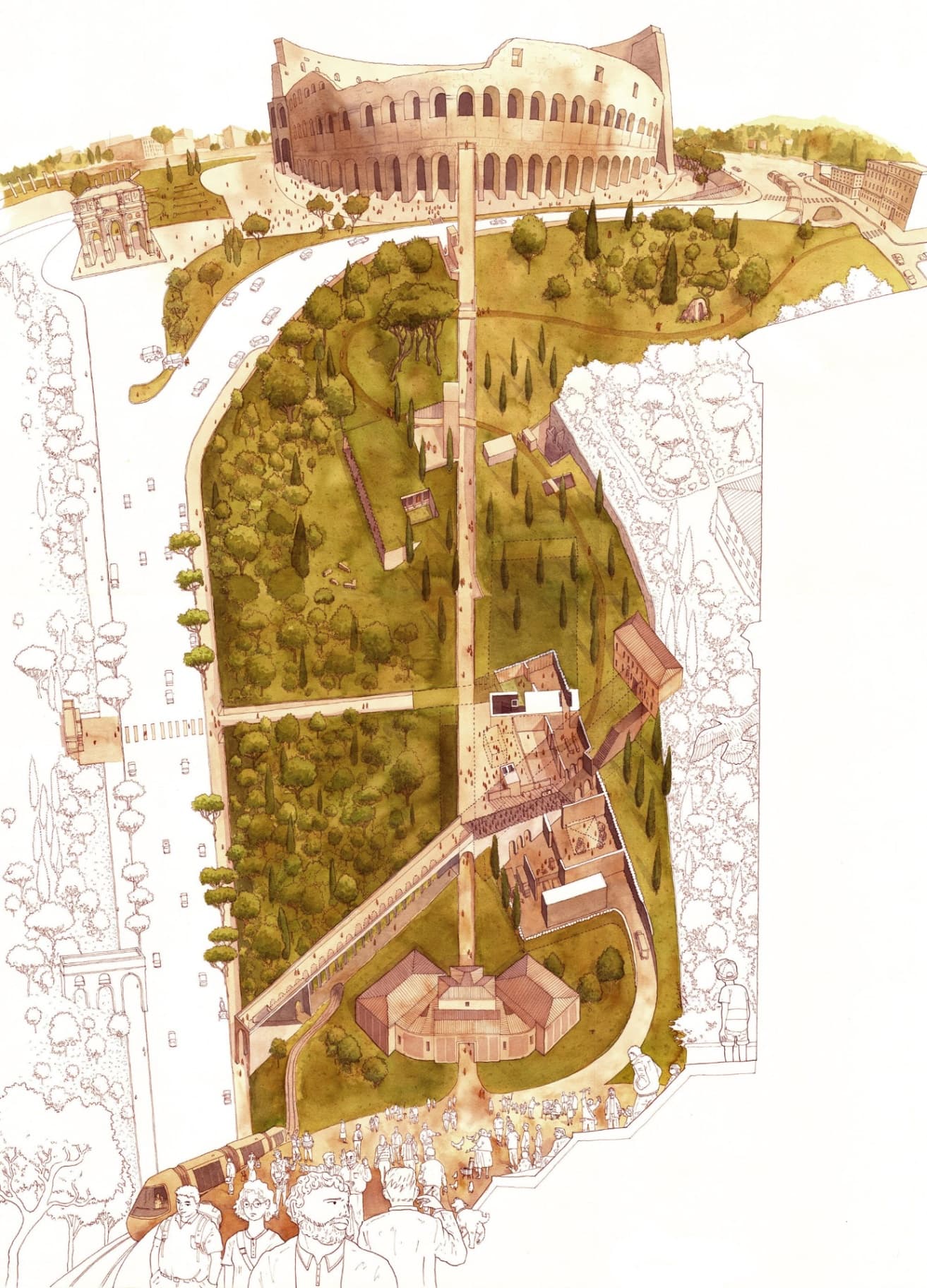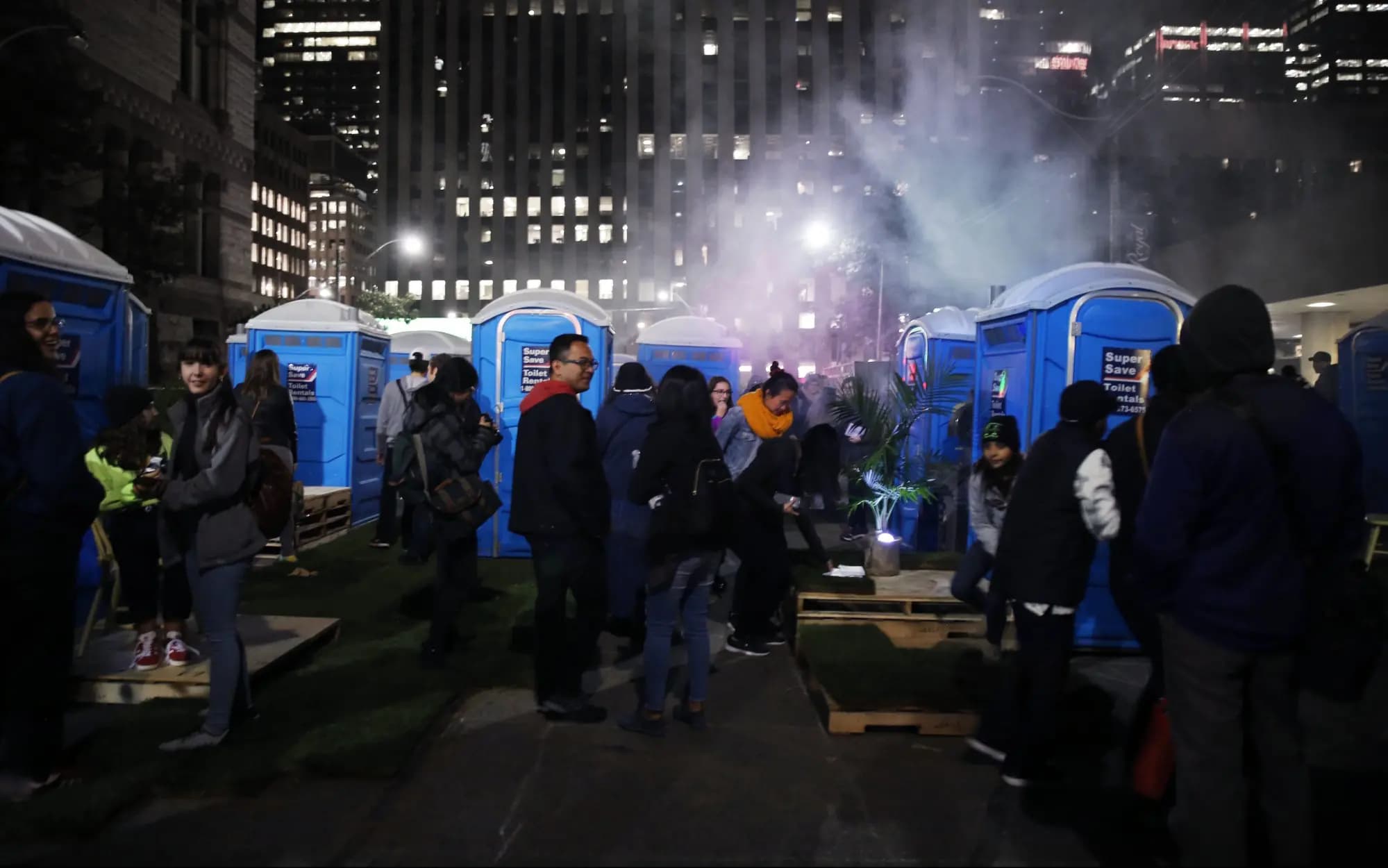

Municipal Art Society HQ
The Municipal Art Society (MAS) is a non-profit organization that champions smart urban design and preservation in New York City. They are in constant dialogue with the public sphere and their headquarters spatialize this transparent relationship. Rather than a curtain wall, which only produces an impression of transparency to pedestrians, the new office is wrapped in public programs on all levels. New Yorkers perusing the library or lounge can get close to the windows and peek into MAS. Furthermore, as the office volume responds to the site and the party walls, its massing jostles to produce a fragmented form. This articulation of the office volume introduces heterogeneity, while sloped roofs bring a touch of domesticity into the work environment. The sloped surfaces double as circulatory paths that weave the public experience into a promenade.

On The Shoulders of Giants
From Antiquity to the Middle Ages to the Renaissance to Mussolini… The richness of Rome resides not in a single period but in its breathtaking sequence of successive incarnations. Each incarnation of Rome carries with it a new urban paradigm that grafts onto the existing city. The negotiations between urban paradigms are part of Rome’s eternal battle between the ideal and the real, the platonic and the circumstantial, the past and the future. Rather than associating ourselves with one paradigm, the Museo del Parco Celio plays with the relationship between periods of histories, clashing and contorting pieces of the past and the present to generate new narratives.

University of Genoa Library Revitalization
Expanding learning space by incorporating a data center into an old library

Grand River Pedestrian Bridge
A cost-effective bridge solution over a historic column

Porta-Party
Transforming temporary event bathrooms into a new hangout